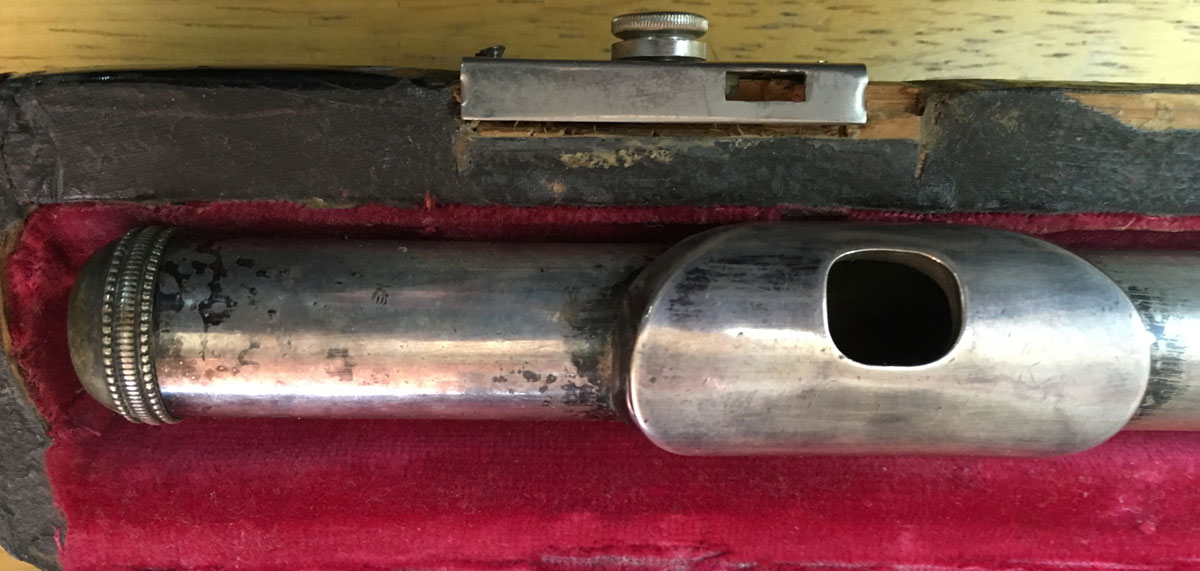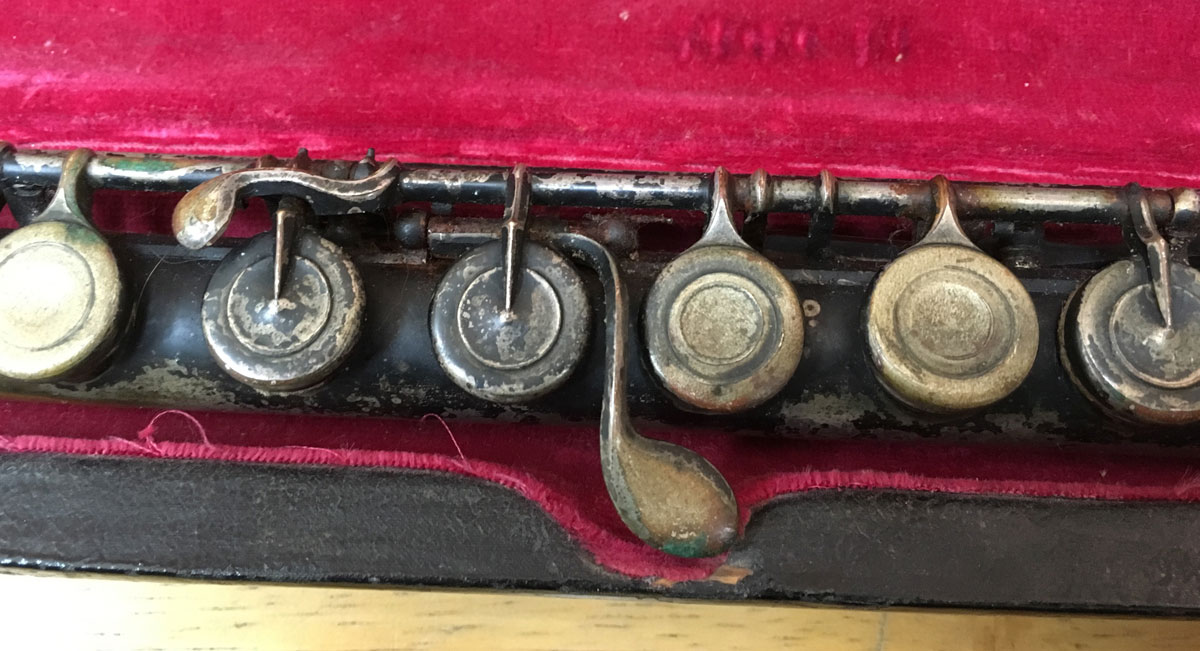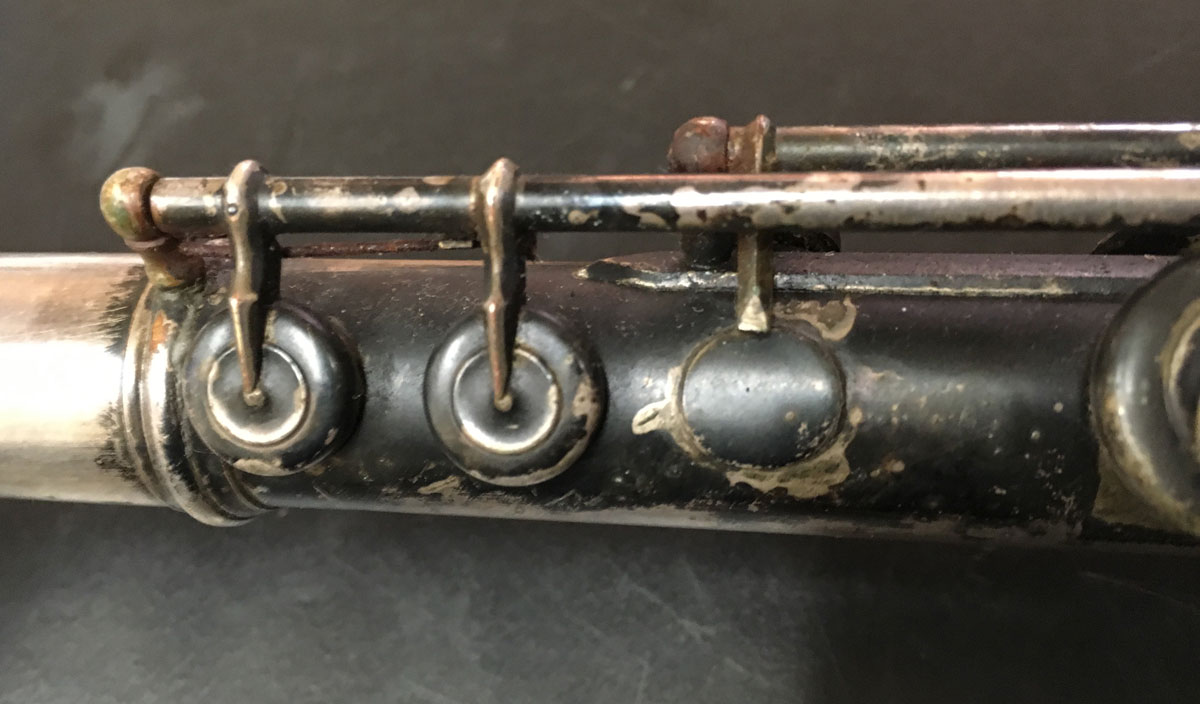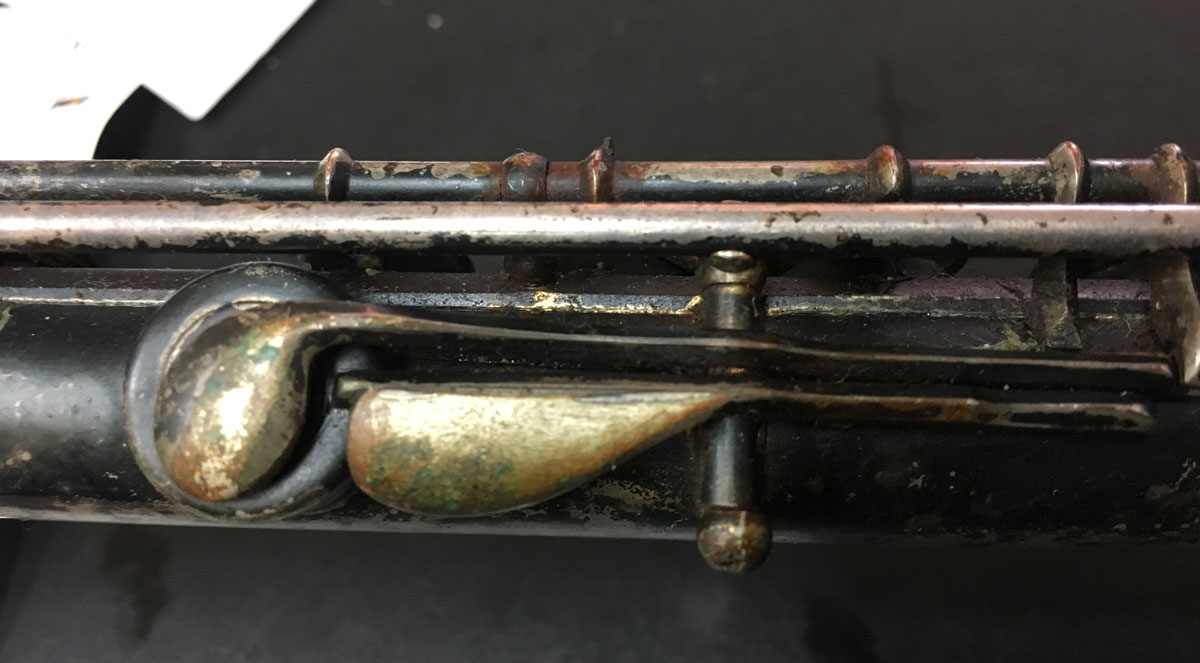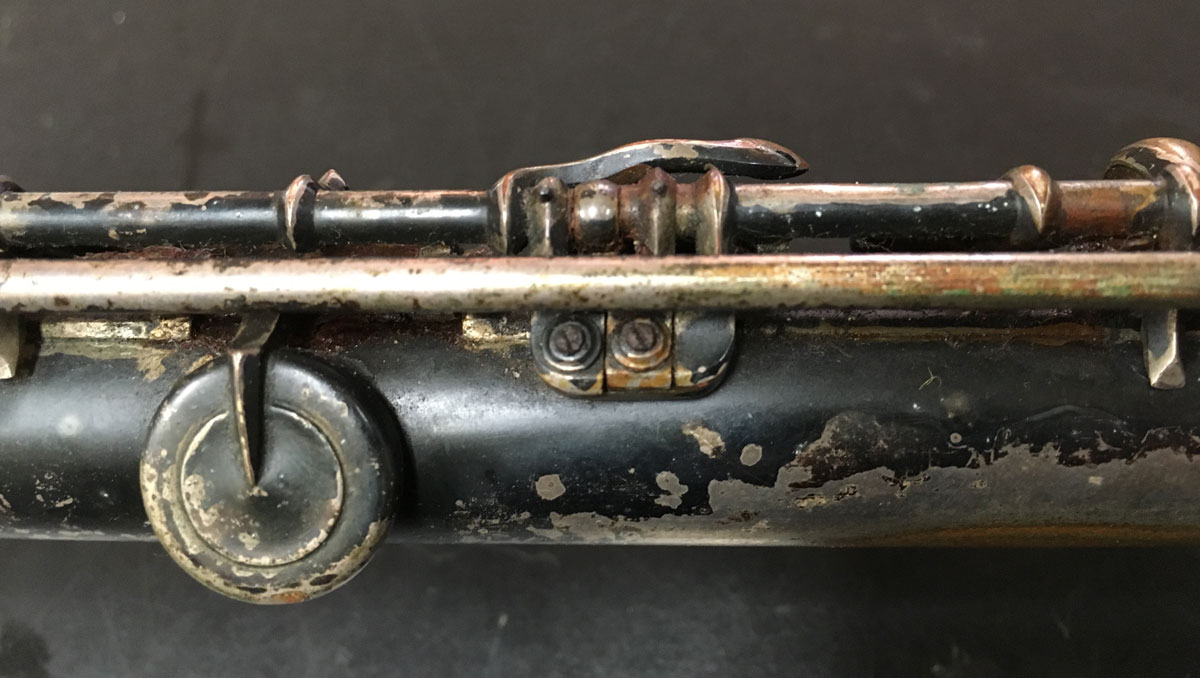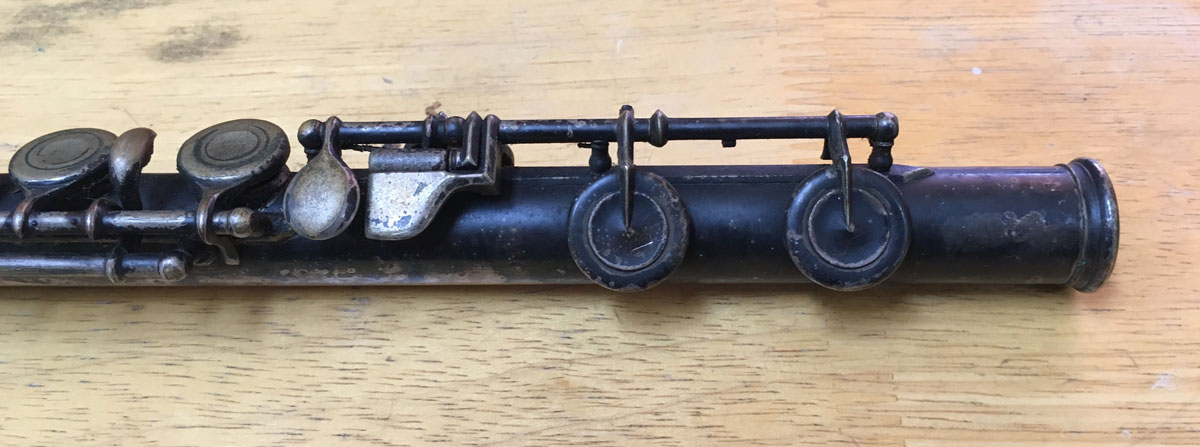- Made in France, circa 1900
- Unibody design
- Silver plating over an unknown metal
- 0.0135″ tubing
- Soldered tone holes
- Closed hole
- Pointed keys
- Inline G
- G shake
- C-foot with teardrop D# key
- Embouchure: 10.3 mm x 12.1 mm
- Weight: 341 g
- Headjoint sounding length: 182.5 mm
- Flute-sounding length: 600 mm
- Traditional scale
- A=440-442 Hz
This is a very unusual flute from the Bonneville workshop. We suspect it was a worker’s experimental model that didn’t make it into production because it lacks a serial number. The flute has a lot of atypical design elements, with the goal of making it more responsive.
For starters, the metal is extremely lightweight. It doesn’t have the same sound as a flute made with maillechort (nickel-brass) when you thump it. With this lightweight metal, the flute is the lightest (341 g) we have ever encountered.
The body and foot are also designed as a single unit without a joint. This type of design helps increase vibrancy in the notes of the right hand.
The headjoint is about 30 mm longer than normal. The bore taper is narrower than other Bonneville headjoints to compensate for the longer length. A narrower bore taper means less air is required.
The crown is also a cap that fits at the end of the headjoint tube. The cork is simply fitted into place. With less material in the headjoint, the metal can vibrate more freely.
The sound is sweeter than other Bonneville flutes we’ve encountered, but it still has some of the texture and resonance Bonneville flutes are known for. The sound also has a very nice taper at its release, something that’s more consistent with a silver flute than maillechort of the same thickness. Articulation is also clean and quick. The flute plays best with a focused airstream of moderate volume.
The flute can be played at A=440 Hz with the headjoint pulled out to 5/16″ or at 442 Hz with the head positioned at 1/4″.
The flute lacks a Bb shake. Instead, it has a G-shake key.
None of these experimental design elements have ever been reproduced in the Bonneville workshop, which makes this flute extremely rare. These sorts of experimental flutes are often lost to time, and this flute was nearly lost to time. When the current owner first encountered this flute, it was in very poor shape. (See photos below.) He sent the flute to Gary Lewis in 2019 for a full restoration, including replating and resoldering all tone holes. Other than being restored, the flute has not been altered in any way.
This flute has tremendous historical value from one of the finest flute makers in France during the turn of the 20th century. It truly is a rare, one-of-a-kind piece of museum quality.
The flute is priced at $7,300 and sold as is. Sales tax applies to purchases within California. For inquiries on purchasing, please contact Gary Lewis.

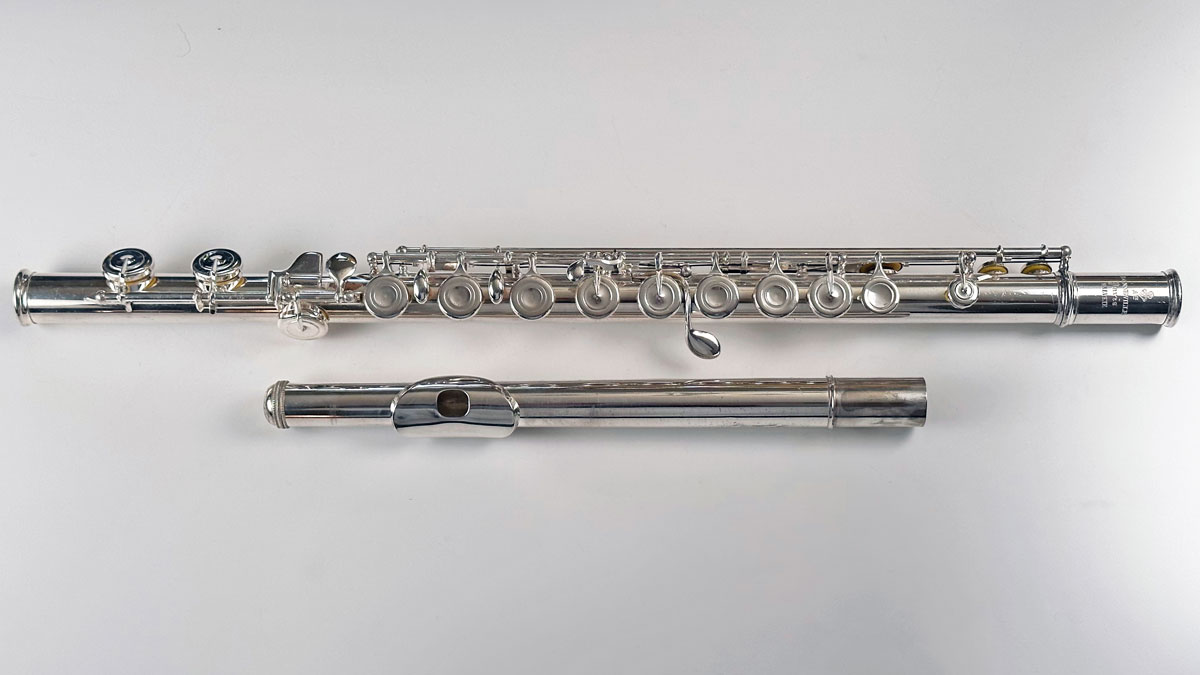
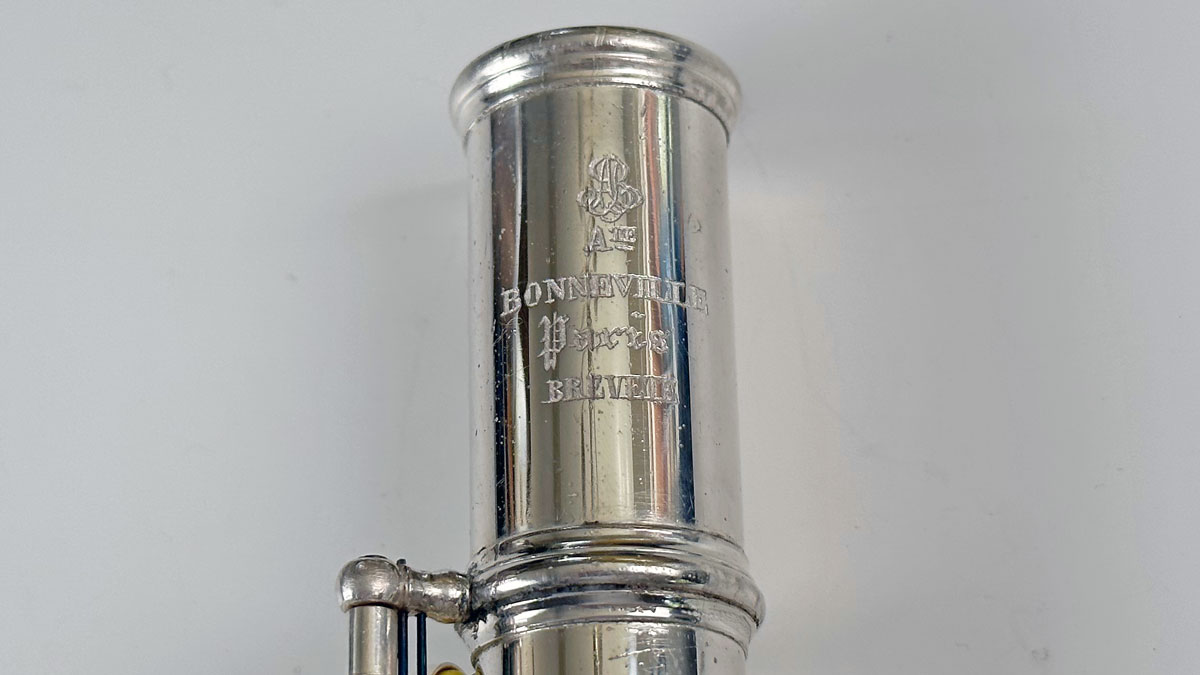
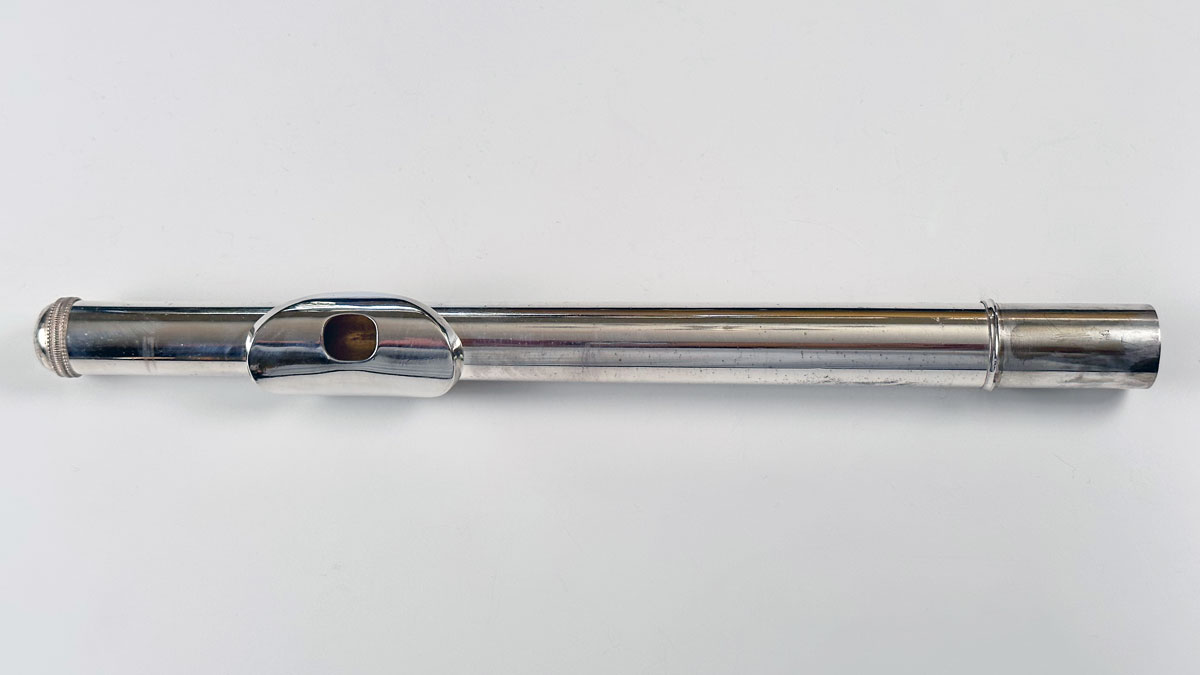
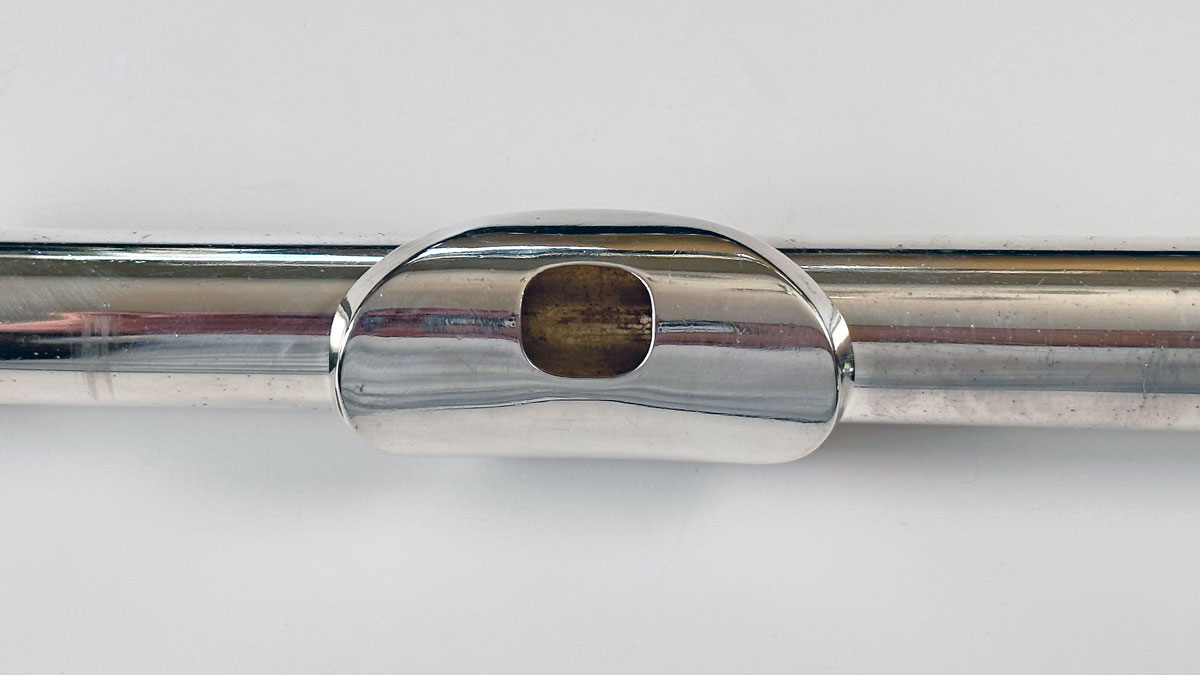
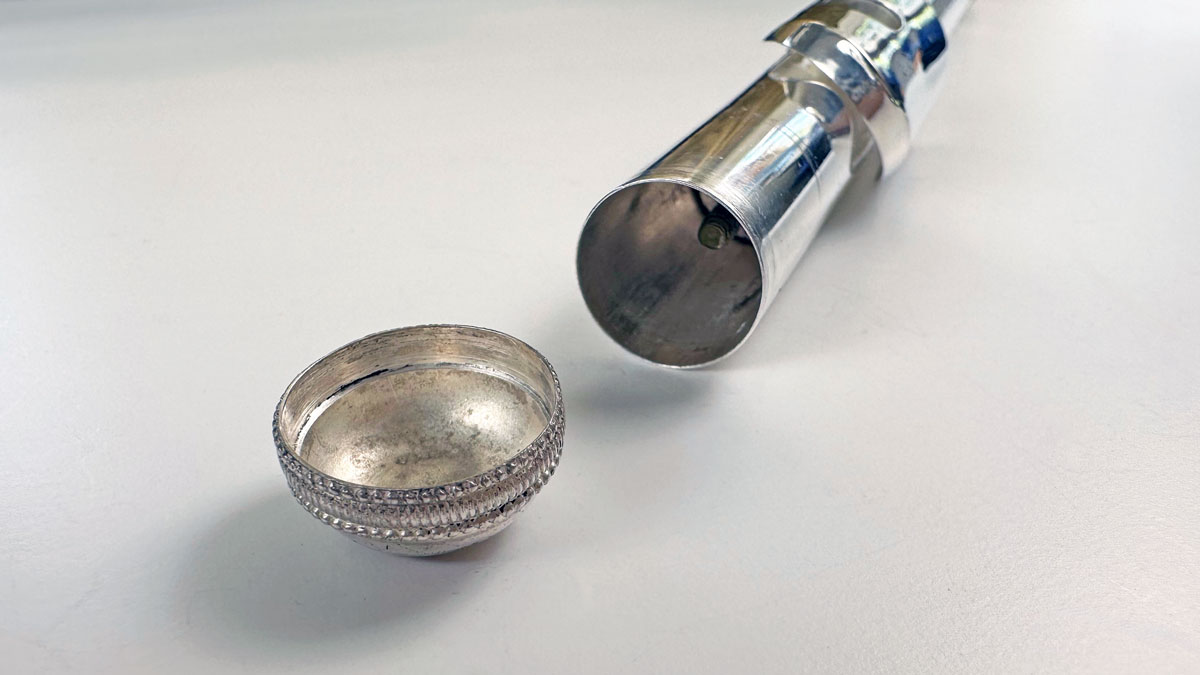
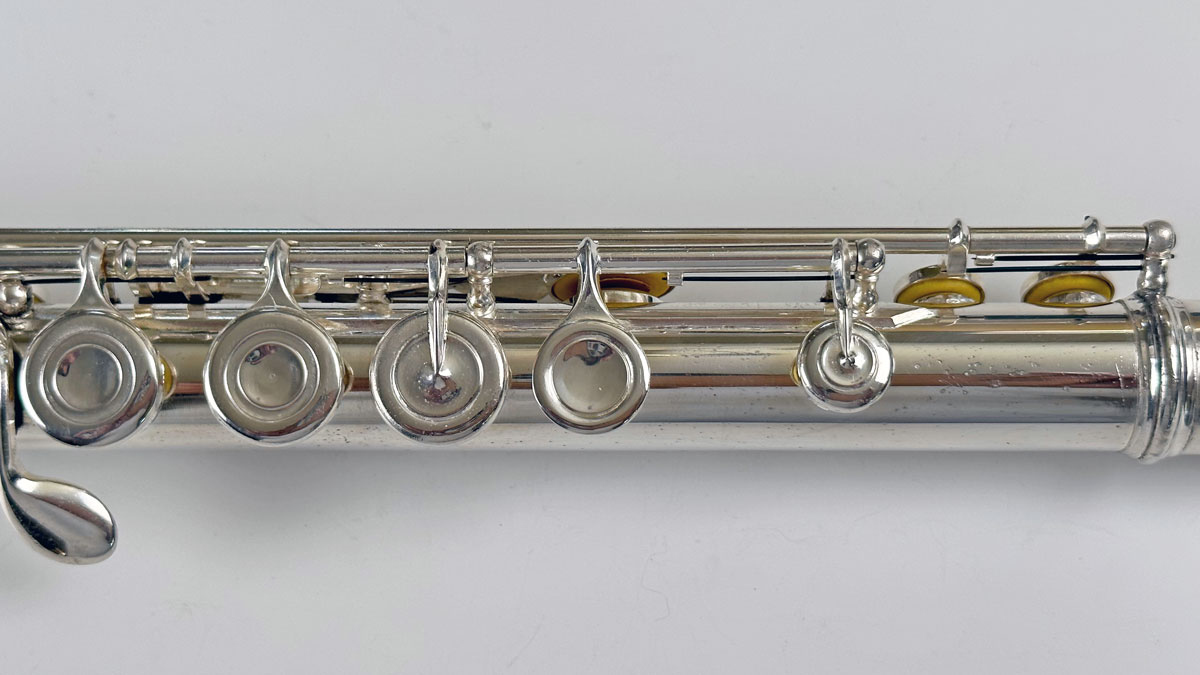
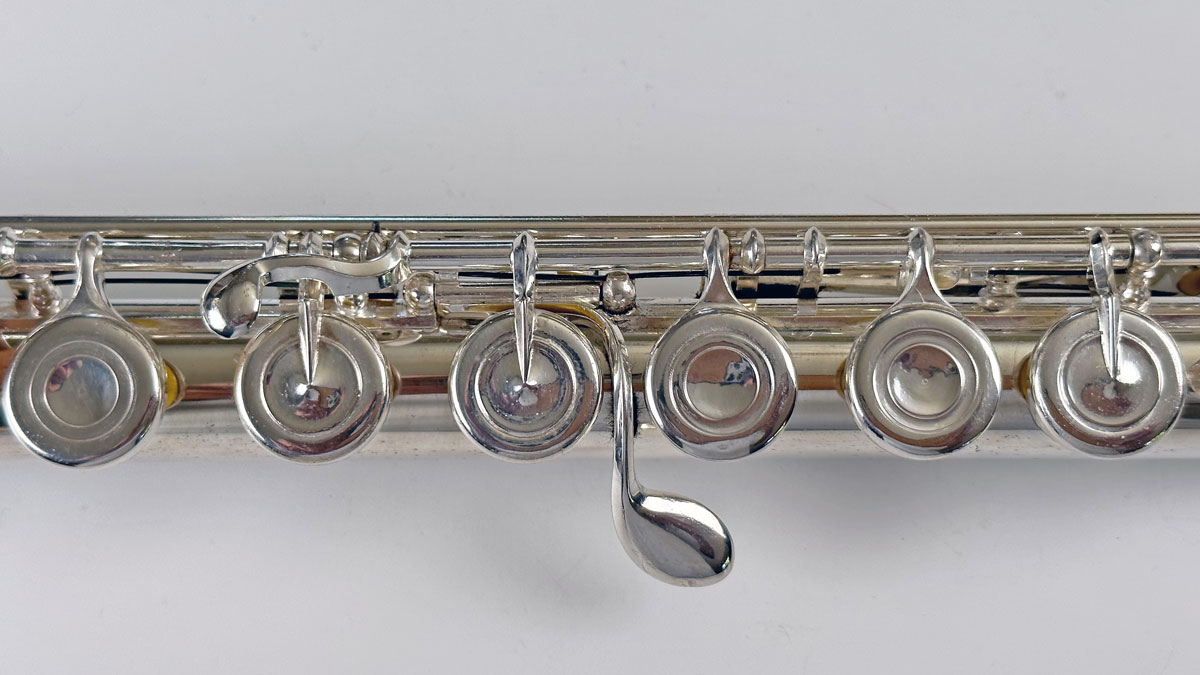
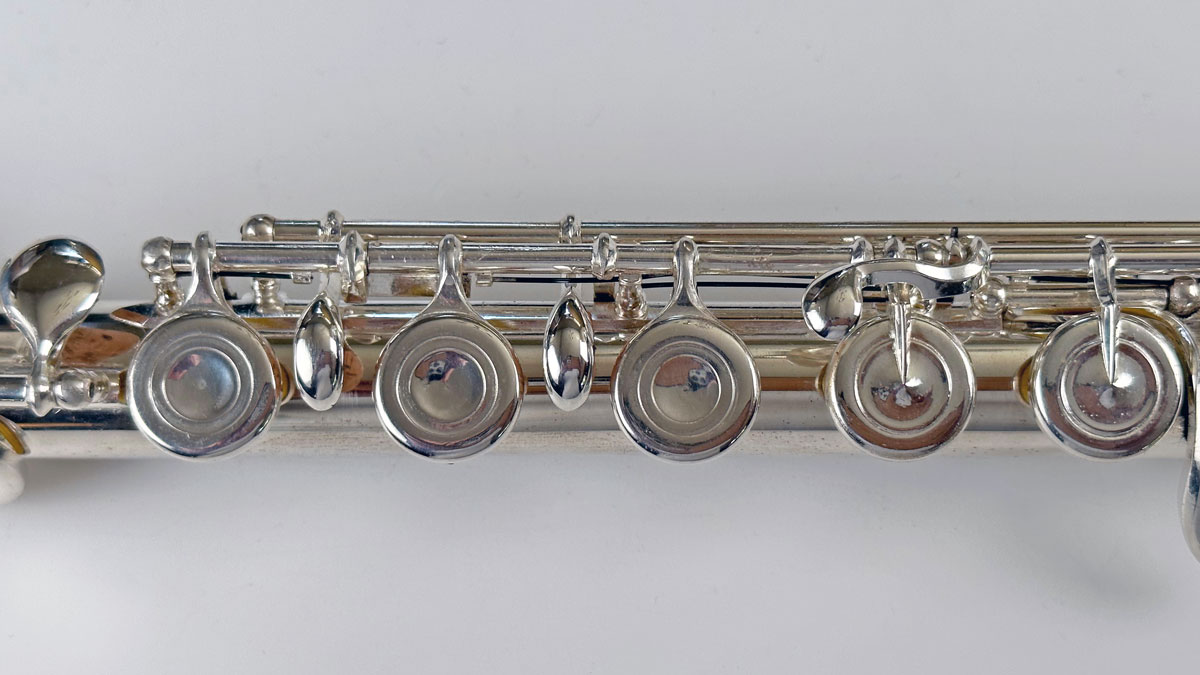
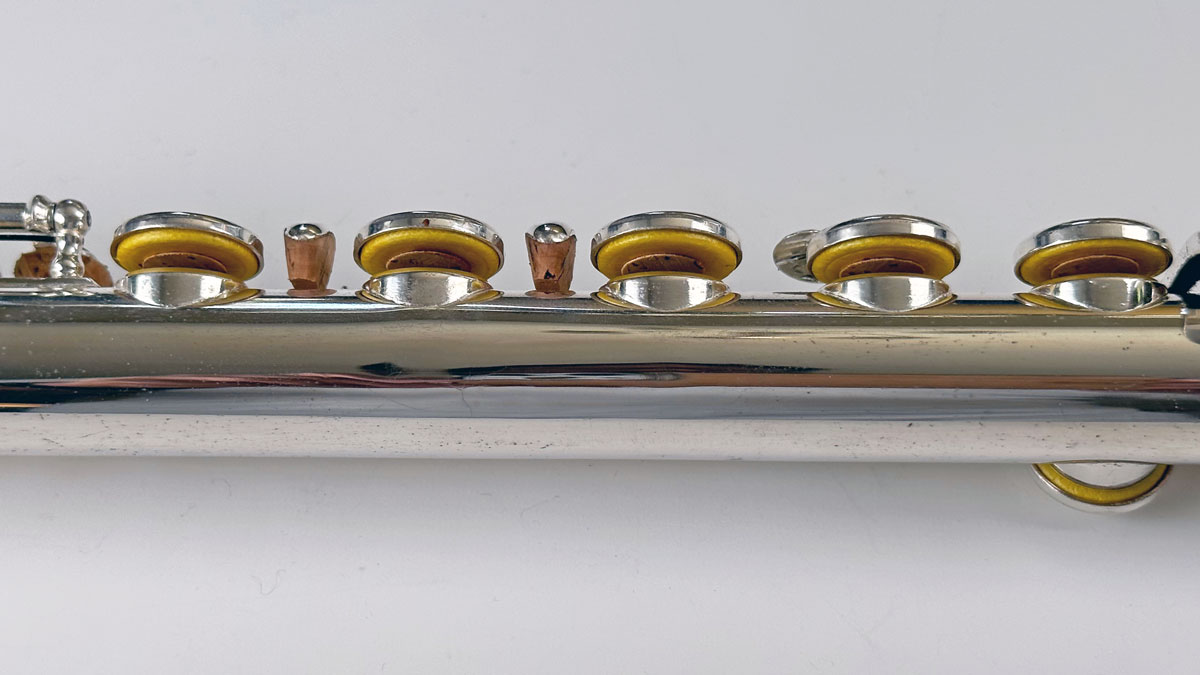
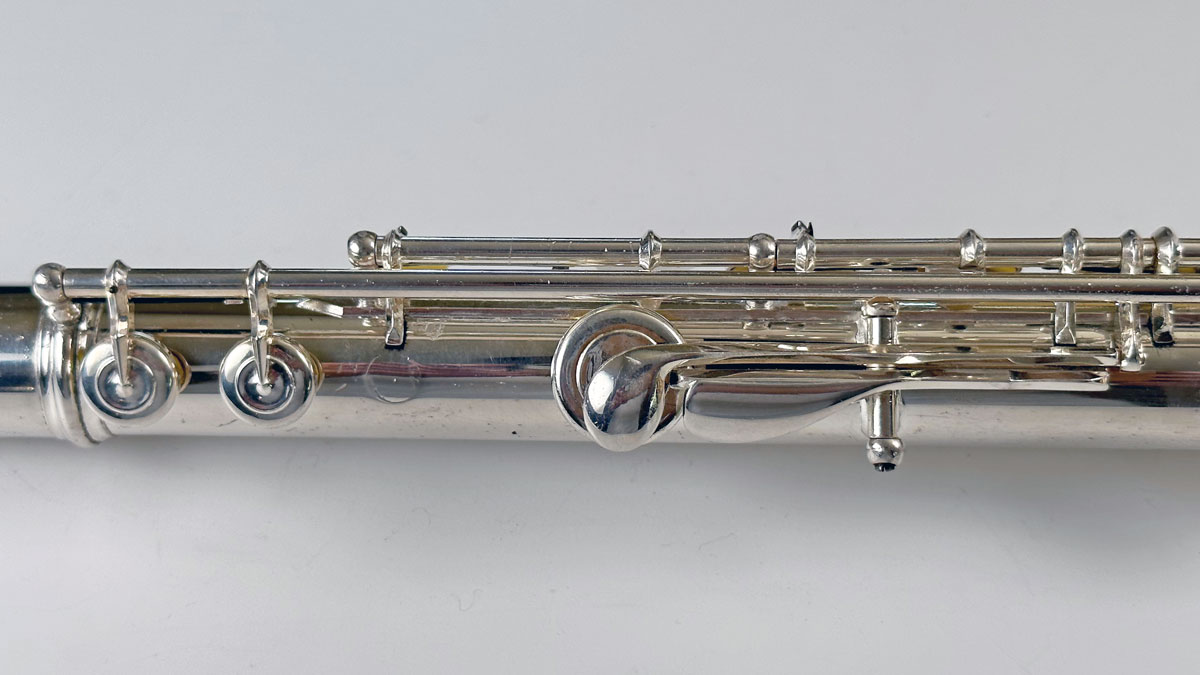
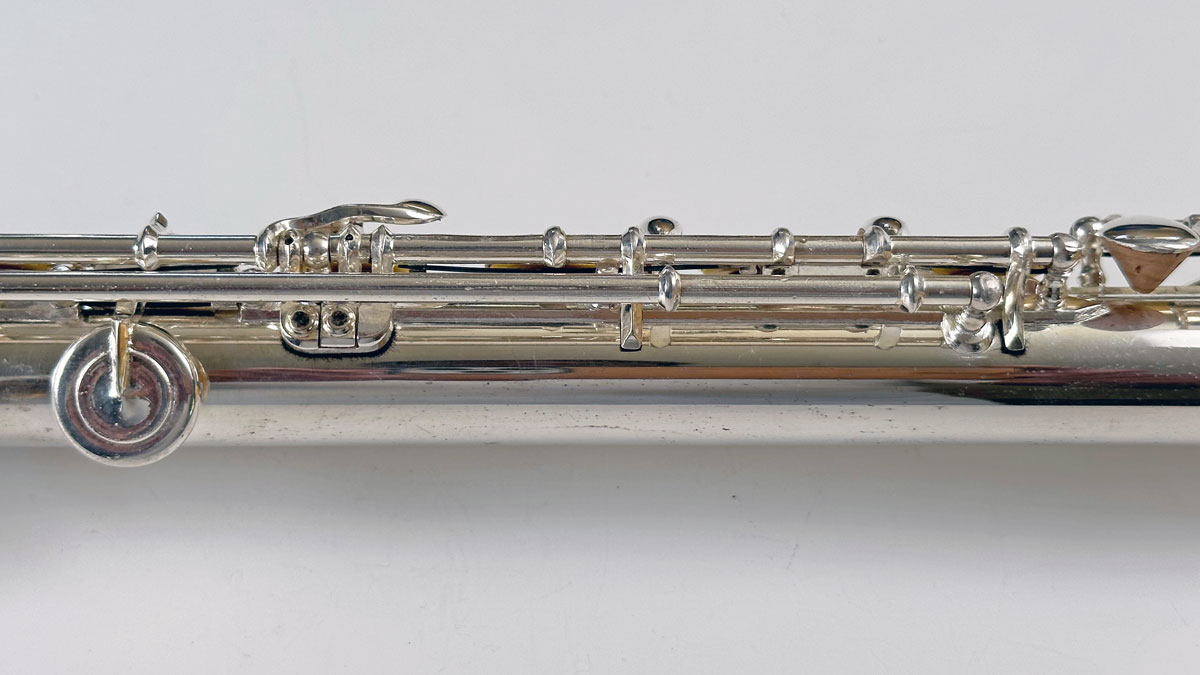
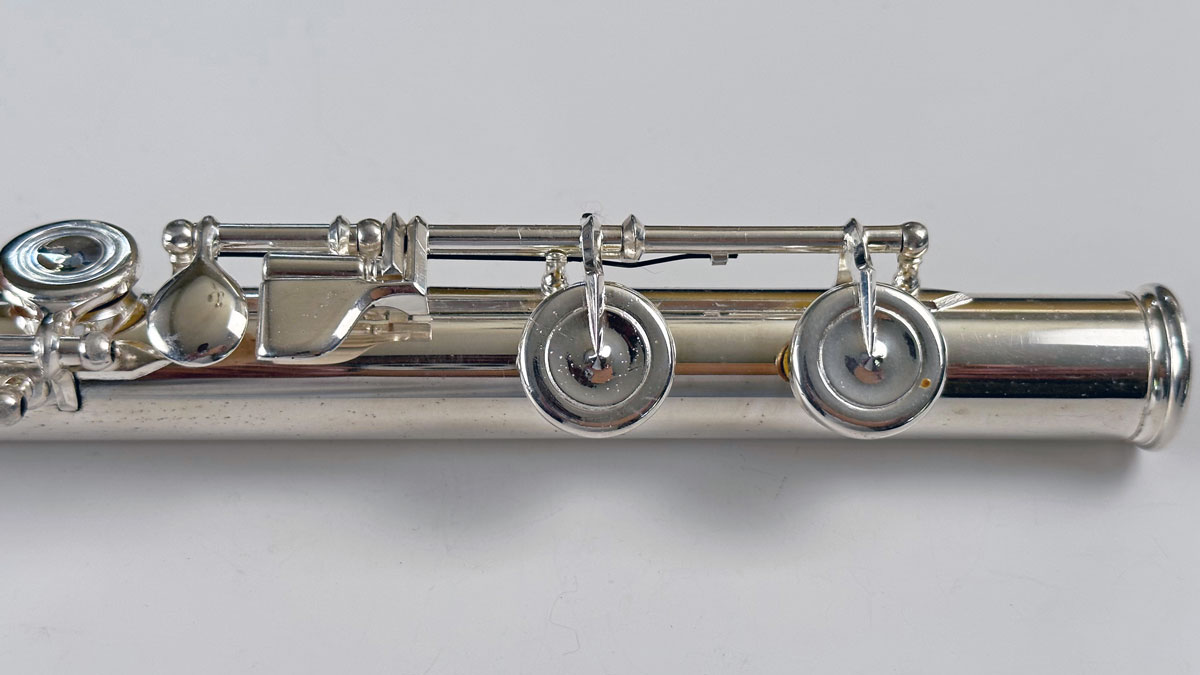
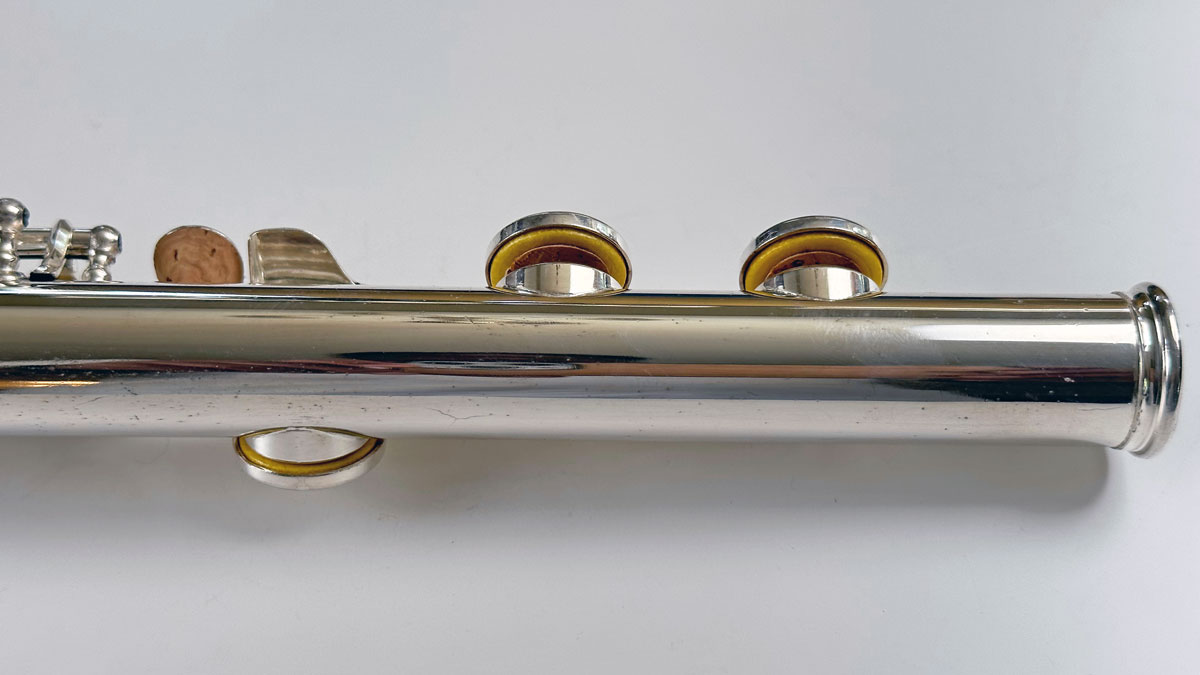
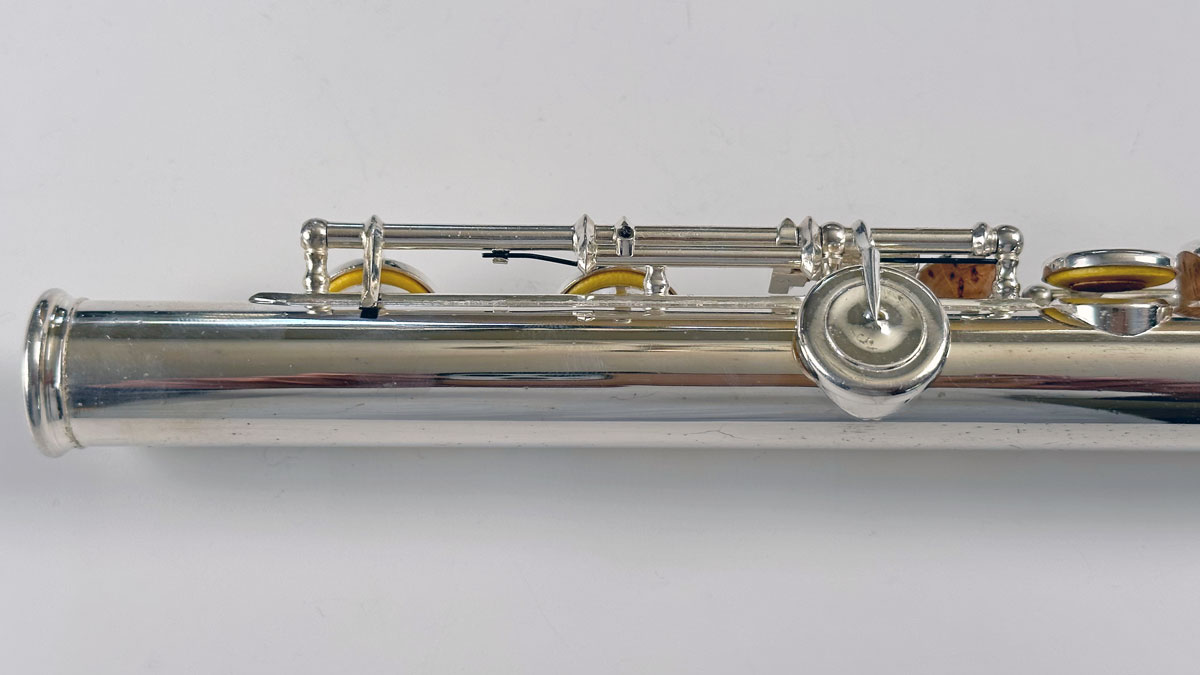
PRIOR TO RESTORATION
